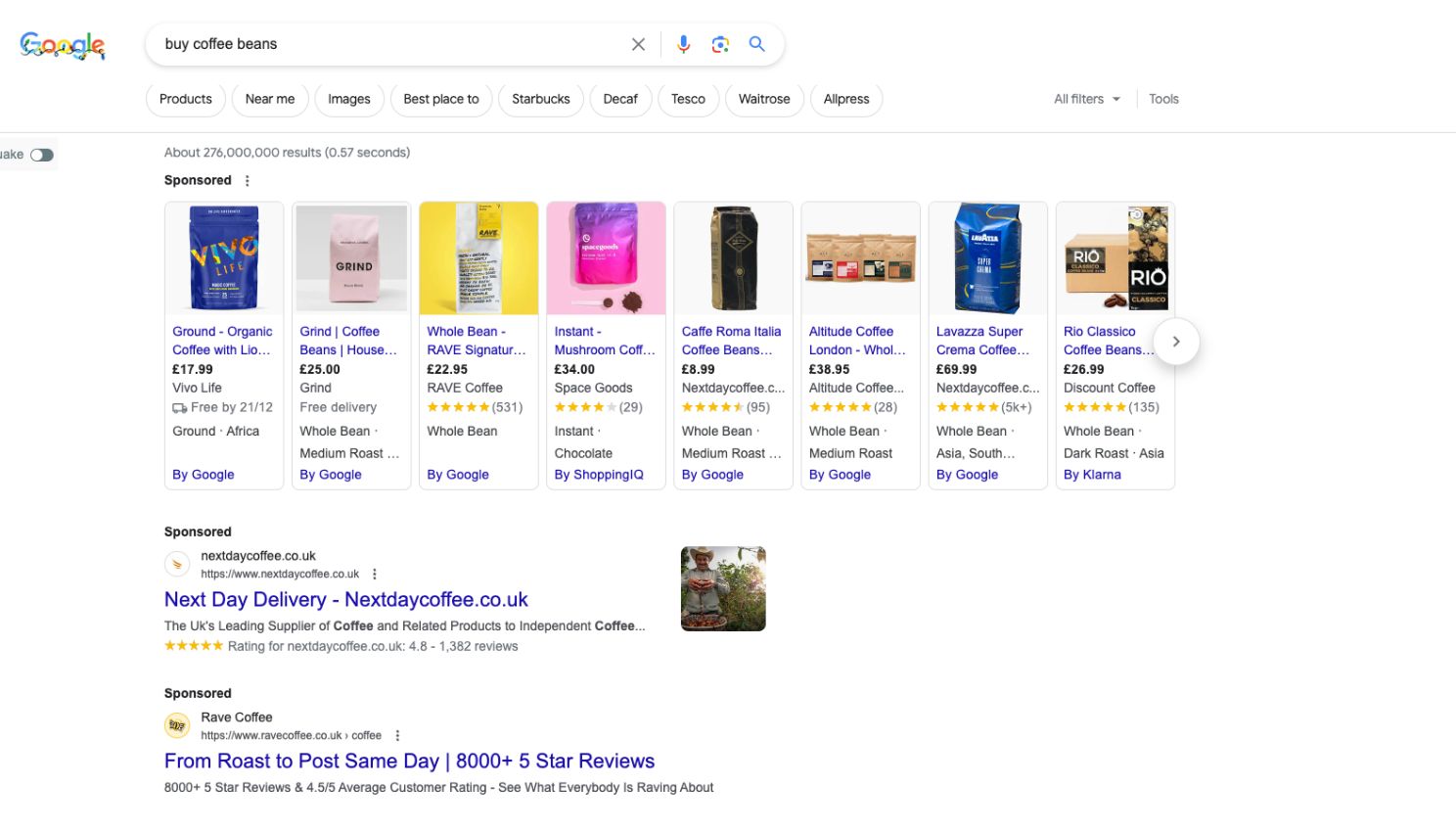As an e-commerce business owner, it’s common to feel exhausted and ready to wind down for the festive season come mid-December. However, I’m not sure this is good for business, especially for an e-commerce business looking to grow next year. How are your growth plans shaping up for next year? Have you got any in place? What does growth mean for your business?
For most entrepreneurs, the answer is simple: “I need to increase sales (or gain more customers)”. And yes, scaling indeed comes from acquiring more customers. Four fundamental tactics will help you achieve growth quicker and more efficiently in the long run from existing and new customers. These should be implemented before investing in acquiring new customers.
What are these fundamental business growth levers?
The first one is increasing your average order value:
Let’s assume you’re selling coffee beans. If your average order value is £12.36 and you have 1,000 orders each month, that amounts to £12,360 in sales. If you increase your average order value by 15%, that’s nearly £1.8K more in sales from the same customers that month and the same increase applies to subsequent months. You get the idea.
The second tactic is increasing your conversion rate:
According to EcommerceIQ’s 2023 analysis, the average conversion rate for an e-commerce business in the UK this year is 2.09%. For every 100 visitors, only 2 end up making a purchase. That’s around 21 orders for every 1,000 visitors and 209 orders from 10,000 visits.
Increase the conversion rate by 10% to 2.299%, and suddenly you have 223 orders!
…and now combine those two: with 10,000 visits, you have £3,170 in sales instead of £2,756. That’s an extra £414 each month with a few adjustments to your existing website and sales flow.
Happy? Now consider the impact of increasing your LTV (Lifetime Value) from 1.2 to 1.5 and upping your margin as well to maximise the value of each sale.
Do you see where I am going with this?

There are others, like making sure that your email list is working hard. Your email journeys are automated and triggered and are creating opportunities for customers to make repeat purchases.
All this potential without faffing around adding new channels.
…but when you do eventually decide to embark on the faffing, when your average revenue per visitor increases, it allows for an increase in the average cost per click in any media. This suddenly opens up opportunities beyond your core Google Shopping and Facebook. Increasing the average customer value (LTV) also opens up new channels like Gmail or YouTube, which is considered the second biggest search engine and a prime opportunity for e-commerce businesses!
To recap,
conversion rate, AOV, LTV, and margin are the key metrics to optimise for your growth in 2024,
…and successful brands prioritise these four metrics.
A 10% increase in any of these metrics can have exponential value in terms of what you can achieve and how much you can grow.
Ask yourself next – when you have optimised those metrics for business-as-usual, what would happen if you increased your visitor count by just 5-10%?
The answer is you could invest your profits into advertising. because advertising is crucial for scaling. It’s as simple as that.
Why do big brands like Coca-Cola advertise? Aren’t they already well-known and don’t need to? What would happen if they stopped? Would the likes of Pepsi take their place?
If you’re getting good organic sales (through SEO), shouldn’t you just focus on natural SEO and organic reach?
Why bother with advertising?
The answer is simple – look at the Google page. The top 4 positions are sponsored listings, while the natural ones are pushed down the page.

I’m not saying ‘ditch SEO’, of course not! Use it if it’s effective for you. However, keep in mind that it takes much longer to grow through organic means. While you may enjoy higher profit margins, the trade-off is slower growth. If your competitors adopt the same strategy, you’re in good shape. However, if they choose to reinvest and use advertising to acquire your customers, you may face challenges.
Ultimately, your e-commerce business falls into one of three categories:
- You’re not spending nearly enough to reach your new customer return on ad spend (ROAS),
- You’re already hitting your new customer ROAS, or
- You’re unsure how much you need to spend on ads because your business has grown organically.
Experts predict that going into 2024, things might be different compared to what we’ve experienced in the past 10 years. To achieve growth, you need to know your numbers (e-commerce has generally seen growth in the past decade). Those who are currently successful are either well-versed in their numbers or are actively working on understanding them in preparation for more challenging times ahead.
I’ll leave you with a question: How can you outbid your competitors and gain their market share?
If you know the answer, great! But if you don’t, feel free to book a quick call 📳
We can work together to develop strategies to grow your business in 2024.